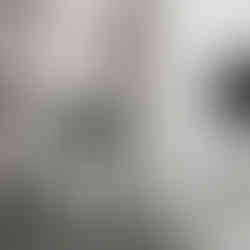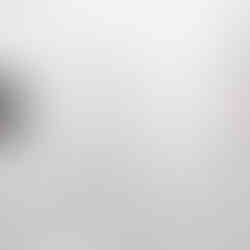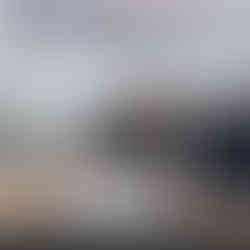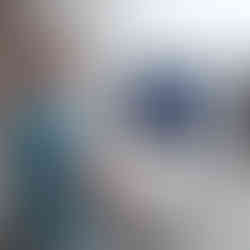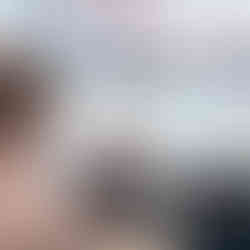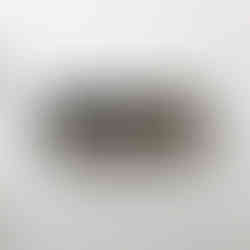Demo Day
- Kunstraum LLC
- Sep 13, 2017
- 5 min read

Demo Day September 24- October 29, 2017 Opening Sunday, September 24th 4-6pm
Performance by Daniel Temkin and the release of Cryptocurrency token DEMO DAY by Robert Myers
Curated by Fernando Schrupp
Artists: Aram Bartholl, Émilie Brout & Maxime Marion, Ursula Damm, Eteam, Nathaniel Faulkner, Esther Hunziker, Eduardo Kac, Marc Lee, Claudia Maté, Jennifer & Kevin McCoy, Robert Myers, Andrew Nunes, Nicholas O'Brien, Alexander Reben, Daniel Temkin, Ubermorgen and Michel Winterberg
The title of the exhibition is a reference to Y Combinator’s biannual event where a few chosen startups pitch their ideas to the most relevant VC's (Venture Capitalist) of Silicon Valley. Lately, we seem to be submerged in the media bubble of the tech ecosystem, and tech-industry lingoes, such as growth hacking, pivot, and unicorn have become common language. We voraciously read stories about Elon Musk or Travis Kalanick, assigning them roles as heroes or villains, depending on the beat of the season. “Demo Day” is intended as a platform for artists whose ideas are worth “pitching” in a time of rise-of-the-machine hysteria. Silicon Valley has captured our imagination, and its intention is to highjack culture. They tell us a story of code-generated disruptions improving our lives, but mostly, changing the ways we consume things. Their ultimate goal is leading the consumer into the trap of easier access to consumption. Artists are here to remind us that this story, although generally accepted, is not what history has taught us. The exponential function shaping hockey-stick-growth (graphic description of accelerating growth) is no match to the rate of creativity in which artists defy our preconceived notions of the world. After all, the most deliberate ways that language can be repurposed, playfully re-designed as part of a metaphorical understanding used for the tech game, has its root in contemporary art and how the artists developed an understanding for meta-language as part of our vocabulary. These gestures spin back, derive and refer to pioneer works of contemporary art– rather than quoting them, the exhibition intends to display works of art that build on the conceptual approach to the digital world and tech culture. The following is a short text written in the form of a hyperbole to illustrate the intent of the exhibition:
5 Amazing Ways Artists Will Help You Stop AI from Killing Your Grandchildren
1. Blur the line between the body and the machine
This year, we saw Elon Musk coming out and saying AI was “vastly more risky than North Korea" while advocating for regulation. He also told us that “in the end, the machines will win.” But before getting ready for war, we should reconsider a few things. This kind of juncture doesn’t sound unfamiliar after all. As with other machines of the past, it is challenging to understand where the machine ends and the human starts. We seem to be heading (maybe we are already there) to a point where only a few control the machines. Artists will be instrumental in the redistribution of wealth and creation of new democratic structures, as they have been in the past, while we explore our relationship with our bodies and the narrow ways in which society understands them.
2. Understanding language is as complex as generating it
The famous Turing test has pretty basic standards to measure the ability of machines to exhibit intelligent behavior: A human evaluator would judge natural language conversations between a human and a machine. In 1980, John Searle introduced in his paper: “Minds, Brains, and Programs,” the Chinese room argument. Even a person unfamiliar with the Chinese language can respond to a native speaker if given sufficient paper, pencils, erasers, and filing cabinets (a procedure). If the understanding of language has proven to be such a computationally expensive process, it appears that generating language may take a bit longer. That would buy us significant time before the next singularity.
3. Ideas cannot be measured
What is the algorithm for success? Francesco Marconi has the answer: E.N.G.A.G.E. will help you design experiences that promote “successful thinking.” "However, the formula doesn’t work unless you do. Your potential is there waiting to be discovered!” so he claims.
Silicon Valley has created a new discipline around idea generation. Guru’s like Sam Altman preach to the faithful, “No matter what you choose, build stuff and be around smart people” or “The truly good ideas don’t sound like they’re worth stealing.” These truisms seem to be at the core of the selection process of the next billion-dollar startup in the incubator he leads. Altman also believes that “The natural state of a startup is to die. “To say, “This changes everything” or to call someone an “innovator” has a negative connotation in Palo Alto. In these terms, it almost seems easier to price artwork than investing in a share of the next Uber of something. Artists have been dealing with the problem of value for ages and have seemingly come to terms with the perpetually shifting appreciation for their work.
4. The Silicon Valley Graveyard is full of useful material
One thing that seems to be abundant in the tech world is carcasses. Medium is a platform where failed CEO’s post stories about their” incredible journeys.” The tech world even refers to some of the living companies as Zombie Start-ups, if the progress has stalled, and the “brains” have fled for the hottest new vaporware. The historians cataloging this graveyard will tell us heroic stories of the patriarchs of tech, and the archeologists of the future will make replicas of our data centers and all the iPhone versions for grand museum exhibitions. However, we do not need to wait, artists are a few steps ahead and already doing this work.
5. Artists can write great Hyperbole
The ‘Porn at The End of the Tunnel’ VR hypothesis refers to the adult entertainment industry that is paving the way for the platform. The internet was created to deliver content more efficiently, and content is something artists have been providing for a long, long time. Content is the reason why coders will always need artists. Buzzfeed may be stacked with top programmers on Soylent diets sporting ponytails, but the Buzzfeed writer is the one that gets the spotlight, elevating list building and quiz conjuring to its highest level of refinement. In the end, when we face the machines in the apocalyptic future, no need to unplug their power source, just don’t feed them any list type articles, memes, tweets, filtered portraits, or any type of viral content. This will be the only sure way to destroy them for good.
Address: Kunstraum LLC, 20 Grand Ave, Space 509, Brooklyn, NY 11205 Hrs: Thu - Sat 12-6 PM by appointment only – please contact us first! Contact: Nadja Verena Marcin, 646.924.9656, nadja@kunstraumllc.com Social Media: www.facebook.com/kunstraumllc
Instagram @kunstraumllc
Image: Dominion, Jennifer & Kevin McCoy, 2014 - courtesy of the artists






